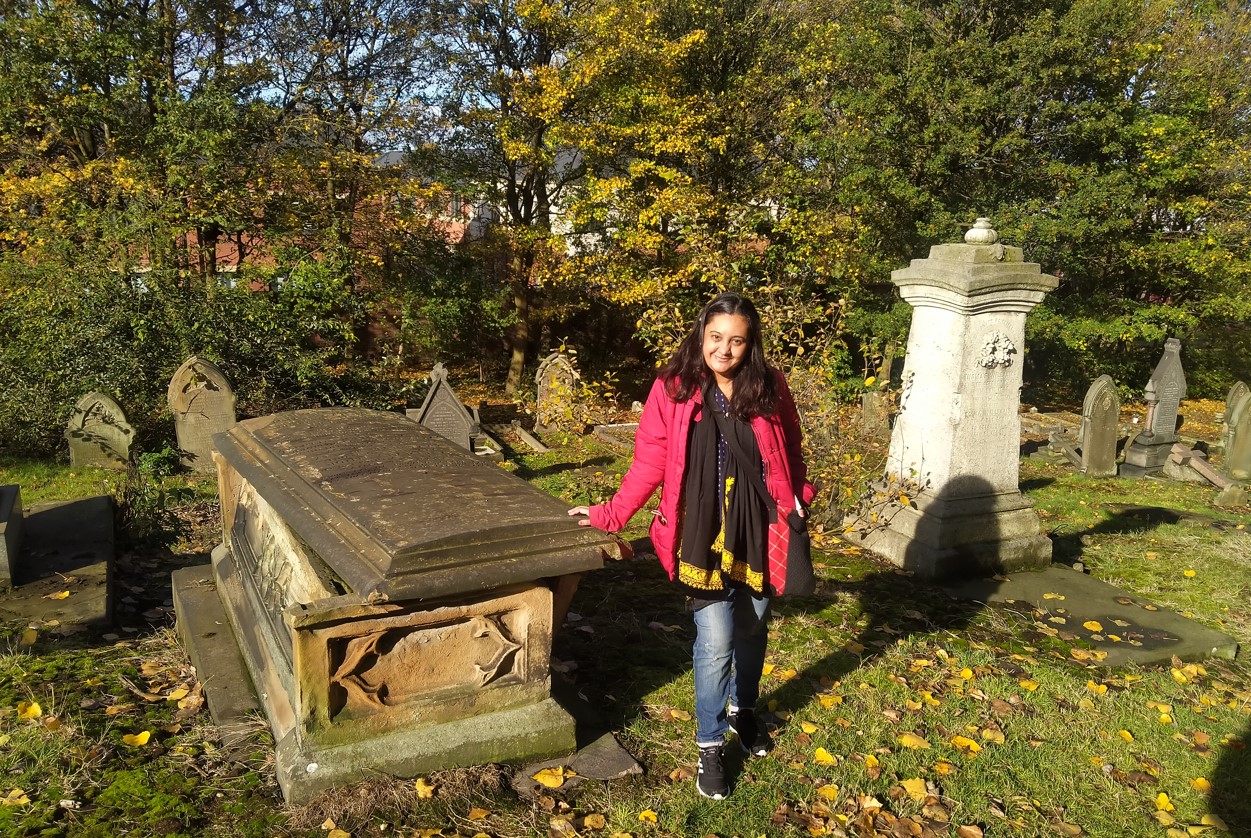Birmingham‘s most famous lane, the Jewellery Quarter, is home to over 700 jewellers and independent retailers in the United Kingdom. The largest jewellery hub in Europe contributing to 40 percent of jewellery made in the UK, the urban village is famous for hip bars, restaurants, boutiques, and jewellery stores tucked in Georgian-style buildings. To preserve the city’s vibrant heritage area, it takes a special team of people to keep the historical shops and sites spotless and clutter-free, which includes constant clearing of graffiti and slogans in the public area.
Just like in London, in Birmingham you’ll find striking graffiti art in popular neighborhoods turning the city into an open canvas for unknown artists. In December 2019, an anonymous mural of a reindeer transporting a real-life bench instead of Santa’s sleigh appeared on the wall of Vyse Street, which got the Jewellery Quarter Business Improvement District’s (JQBID) clean team in action. It was soon discovered that this masterpiece was artist Banksy‘s Christmas present for the city and a clever dig at the rising number of homeless folks.
Gold standard:
Frequented by tourists, history buffs, and foodies, the jewellery quarter has some amazing buildings and offices from the past that are worth visiting. Before the official testing methods were devised, the assaying (testing) and hallmarking of precious metal items like gold, silver, platinum, and palladium were done by jewellers. In 1773, the first Assay Office was founded in Birmingham’s jewellery quarter to test the purity of metals. A coin was tossed before the inauguration of both Birmingham and Sheffield Assay Offices, and the choice of the symbol was made for a hallmark. While Birmingham adopted the anchor, Sheffield got the crown, which you still see on the items hallmarked by these institutions.
An eerie layover:
At every nook and corner of Jewellery Quarter lies an interesting tale from the past. A little walk from Vyse Street takes us to the Warstone Lane Cemetery and Catacombs — an unexpected massive graveyard in the middle of diamond shops and boutiques. A historic cemetery from 1874 with an estimated 92,979 burials, it’s also known as the Mint Cemetery for its proximity to a mint that manufactures wedding rings, findings, and casting components. While the cemetery is closed for new burials, it has graves of some famous people like the founder of Lawn Tennis Major Harry Gem and his friend Augurio Perera, James Cooper, and John Baskerville. The two-tiered catacombs here are above the ground (unlike the underground ossuary of Paris), and the exact number of dead bodies buried inside is still unknown. It is said that the unhealthy vapours from the dead bodies here led to the Birmingham Cemeteries Act which required that non-interred coffins should be sealed with lead or pitch. As we walk past the interesting tombs, memorials, and carvings on stones, we wonder if the design aesthetics from jewellery quarter spilled over the cemetery turning it into a showcase of sorts.
(The writer’s trip and experiences were sponsored by Visit Birmingham)


